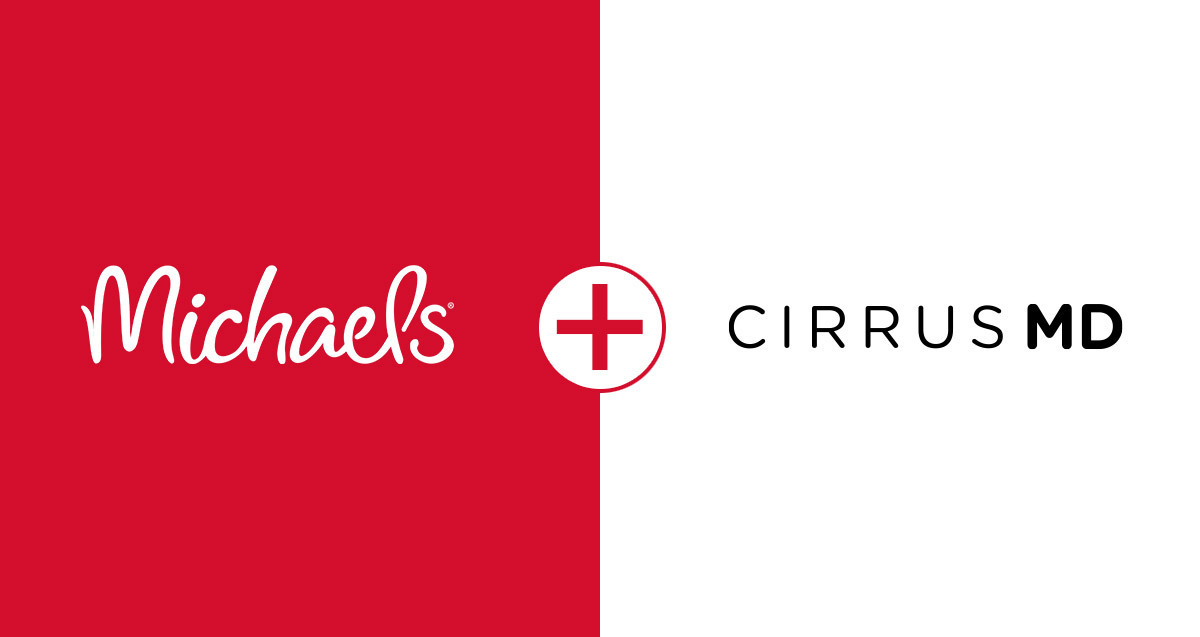
There was a time when workers were simply categorized as white collar or blue collar.
Then came a long list of color-coded designations like pink collar and gray collar that just served to confuse the matter.
Today, perhaps the best way to classify employee types is whether they sit at a desk or not. Because that subtle difference can tell you a lot.

Office Workers
Knowledge workers and office workers are typically salaried employees who work in service-related jobs in industries like finance, law, accounting and consulting.
They are able to conduct many of their job functions while seated at a desk, usually tethered to a laptop and a mobile device. And while the office worker designation conjures up a physical office, it increasingly refers to remote workers who set up a home office during the COVID 19 pandemic and never ended up going back to headquarters. Remote work is now their status quo.

Deskless Workers
Deskless employees, on the other hand, are more likely to be hourly and seasonal workers, often without a fixed workstation. They are often frontline workers in industries like retail, hospitality, education and heavy industry, and don’t have the luxury of working from home.
Far from being the minority, deskless workers comprise as much as 2.7 billion people. By some estimates, that’s 80% of the global workforce. And while the types of jobs and industries vary, one constant with deskless employees is that they usually can‘t tightly control their schedule or work environment. They are at a construction work site. Stocking shelves at a retailer. Teaching a classroom of students.

Why the Distinction Between Office Workers and Deskless Workers is Important in Healthcare
When it comes to healthcare, deskless workers are at a distinct disadvantage, especially with virtual care.
While knowledge and office workers can simply block out time on their calendar and sequester themselves in a quiet, well lit space for a virtual care consultation, their deskless co-workers aren’t so fortunate.
Even if they have a mobile app to conduct a virtual care session, they still don’t have easy access to a provider. As frontline workers, their daily workflow is different. They are often working with customers or in a noisy manufacturing environment that preclude video virtual care consultations.
For business leaders in human resources intent on improving employee retention and job satisfaction this poses a big problem. They can’t create a two-tier employee experience, especially when equity and inclusion are such important corporate initiatives, and so pivotal to shaping company culture.


How CirrusMD Can Close the Gap Between Office Workers and the Deskless Workforce
The deskless worker experience is different, so we decided to do something about it.
Every encounter with our board-certified providers is initiated on demand over text message — the go-to communication channel for most employees — and can transition to video if needed.
Providing care in this way conforms to the way that deskless employees and their office worker team members increasingly want to consume healthcare. Instantly, with no appointments, waiting, or time limits.
Consultations can start and stop as an employee‘s day allows, and can span 7 days, while still being billed as a single encounter. And employees can discreetly text from crowded or noisy work environments
By putting patients in charge of the pace, cadence, and duration of consultations, we generate significant employee engagement, a great customer experience, and positive effects on the bottom line. Our customers have seen utilization rates of 19% and an ROI of 3:1 for insured employees.






